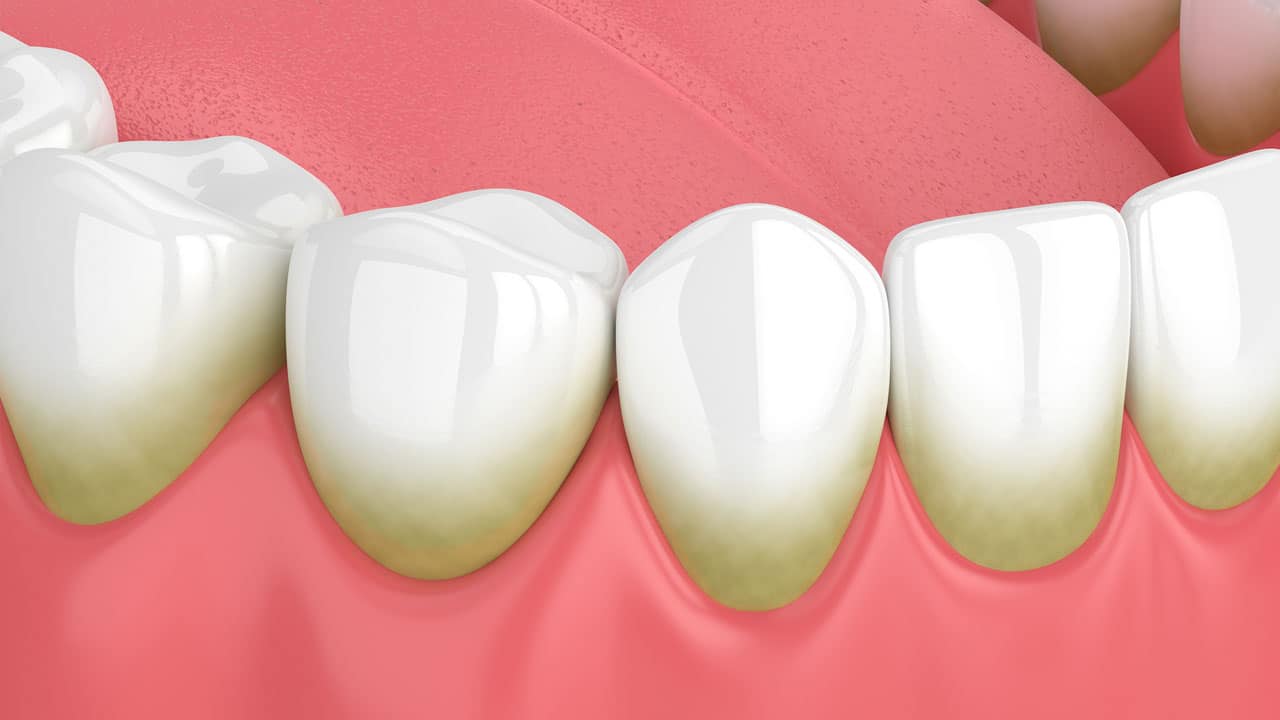
While you’ve likely heard the term “tartar,” not many know a whole lot about it. How does it affect your oral health? Is it the same as plaque? Read on to learn the answers to these questions and more!
1. Plaque and tartar are not one in the same.
Because plaque and tartar are often mentioned in the same sentence, people often think they’re the same thing! However, there are quite a few differences between plaque and tartar. For starters, plaque is a colorless, sticky film of bacteria that hides in your teeth. Don’t worry—having plaque is completely normal and, with a good dental hygiene routine, it is easy to remove. However, if plaque is not brushed or flossed away, it gradually calcifies into a hardened brownish substance called tartar. This substance is much more difficult to remove and can be harmful to your oral health.
2. You will be able to clearly see tartar buildup.
Tartar, unlike plaque, is very easy to see. Not only is it naturally darker, but it is also porous—this allows it to hold substances like coffee or tobacco so the stain is tougher to remove. If you’re not certain if you have tartar buildup, simply look for a brown or yellow deposit along your gum line.
3. If you have tartar buildup, your diet may be the cause.
Wondering why you might have tartar buildup? Look to your diet! Starchy and sugary foods are known to contribute to tartar buildup as these are very plaque-friendly foods. In order to prevent plaque, and therefore prevent the formation of tartar, be sure to eat a healthy, well-balanced diet.
4. Tartar can lead to oral health issues.
Tartar that builds along the gum line can lead to a number of oral health issues. At first, tartar causes irritation of the gums, which can ultimately lead to an infection called gingivitis. Gingivitis, in turn, is the first stage of gum disease—a very serious condition that has been linked to heart disease, stroke, premature birth, and respiratory illness.
5. Tartar buildup is preventable!
Thankfully, tartar is very easy to prevent with a solid dental hygiene routine. Simply brush your teeth at least twice per day and after meals when possible. You should also make sure to floss every night, as plaque tends to hide between your teeth and gums. You can also kill harmful bacteria with an antiseptic mouthwash. Finally, avoid smoking cigarettes, as this has been known to increase your buildup of tartar.
6. If you have tartar on your teeth, your dentist will need to take care of it.
You will not be able to remove tartar with a simple toothbrush and flossing routine. Instead, a dentist or dental hygienist will need to use a professional technique called scaling to scrape tartar buildup off of the surface of your teeth.
If you notice tartar buildup along your gum line, be sure to call Oradent Associates in Chicago to book an appointment as soon as possible!